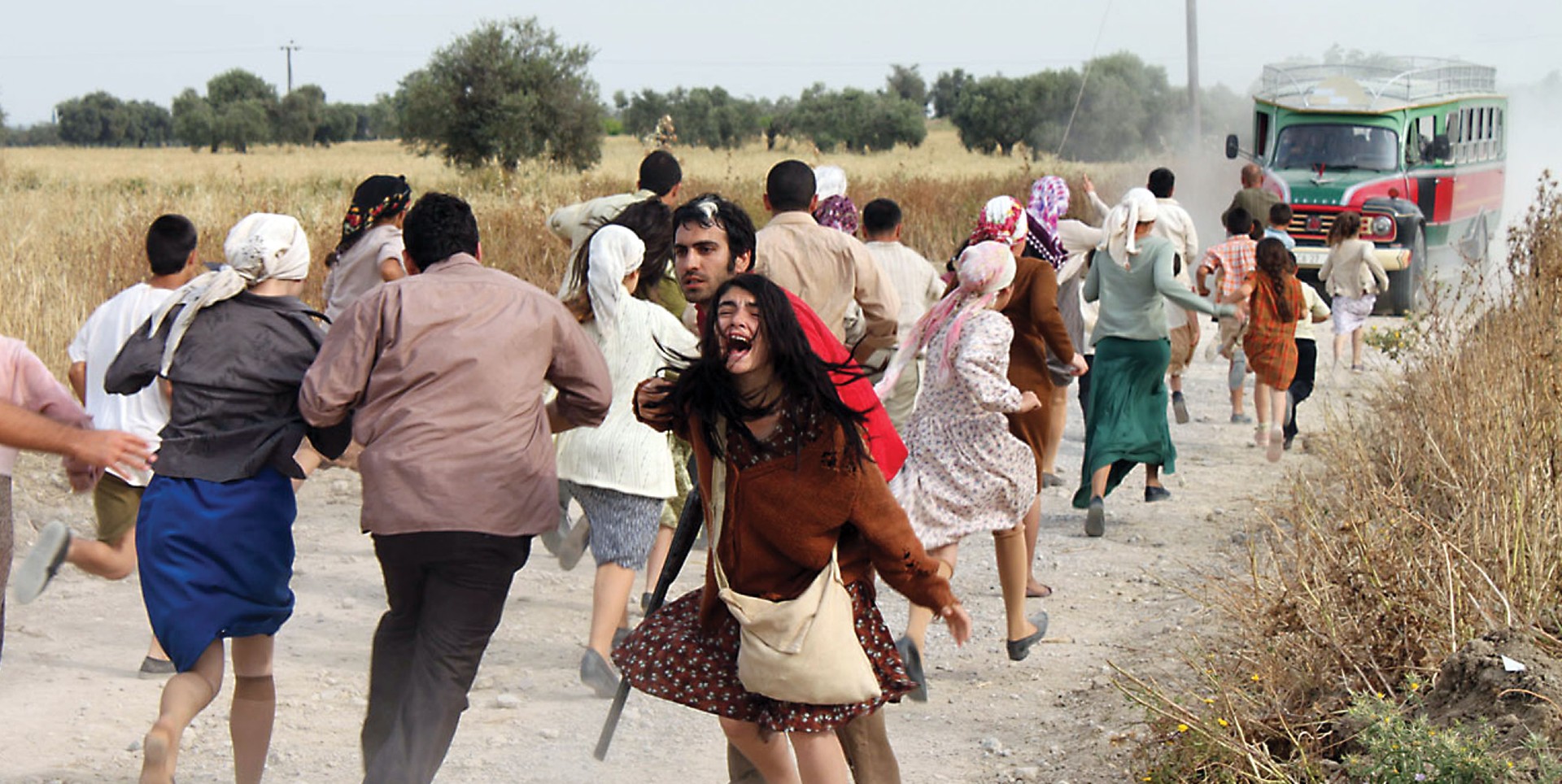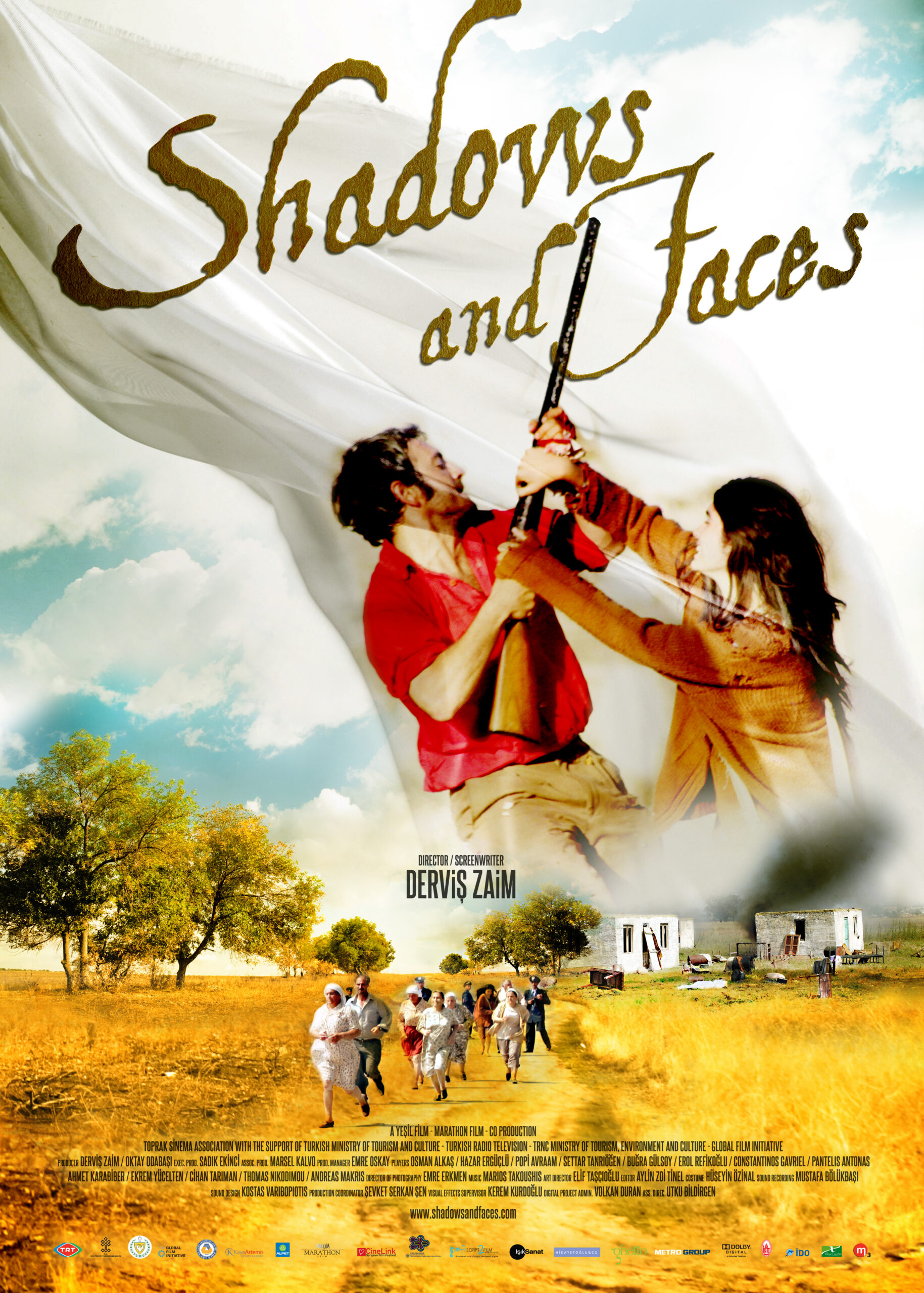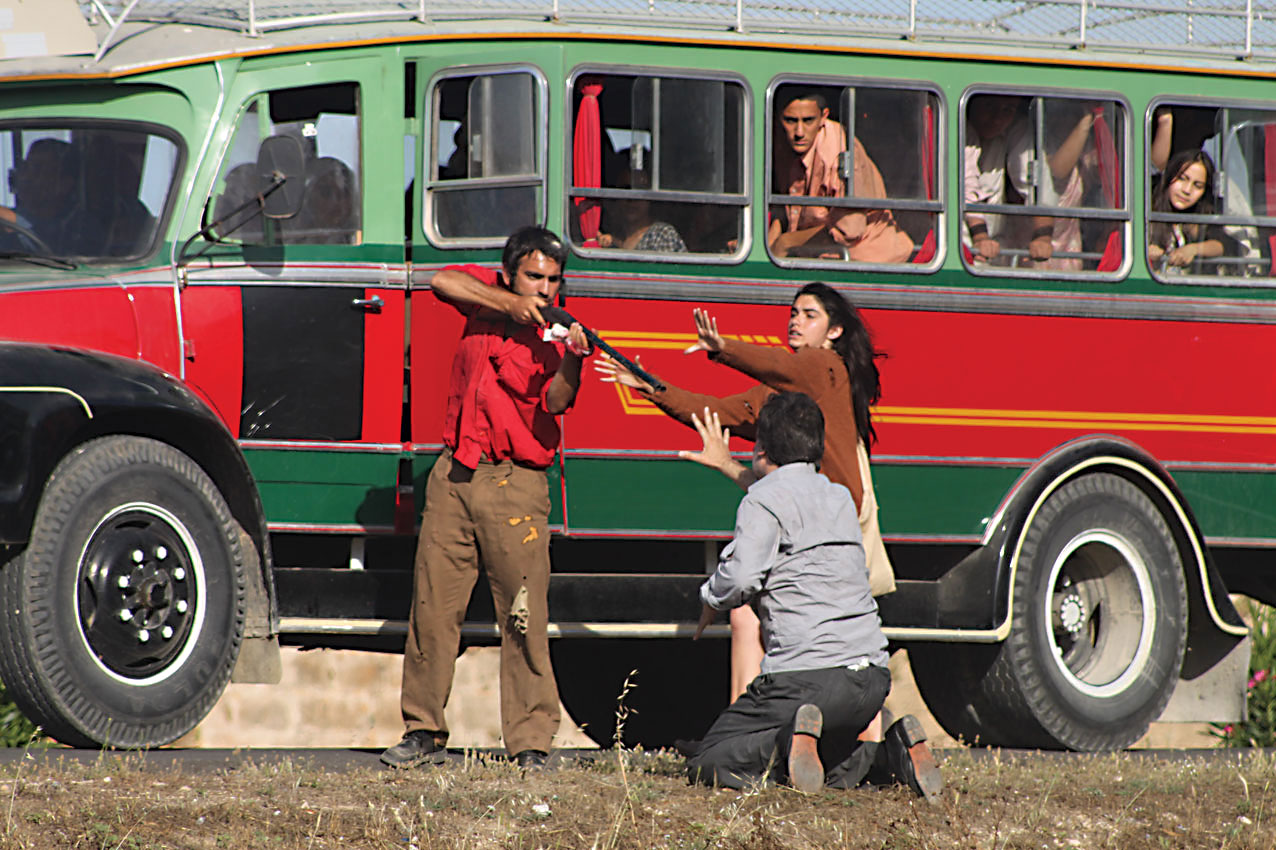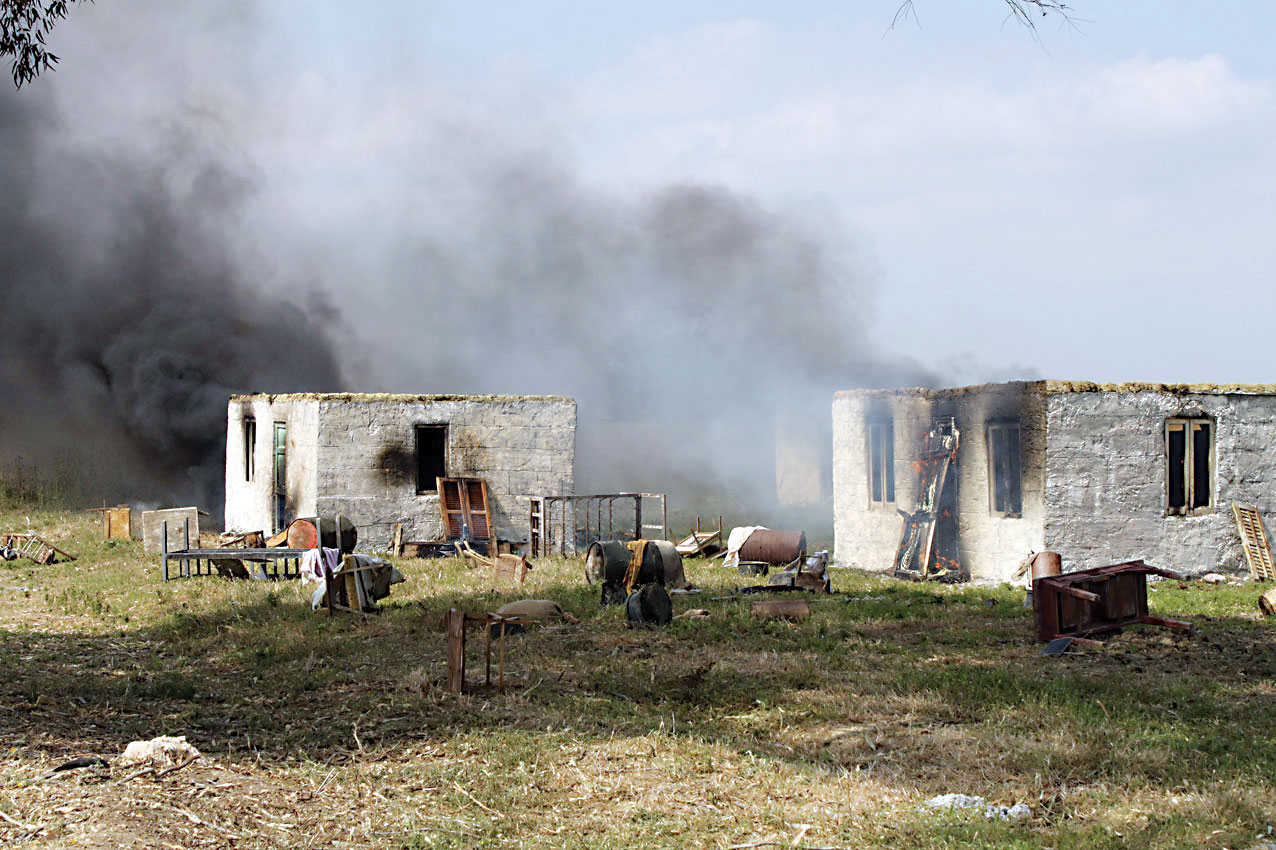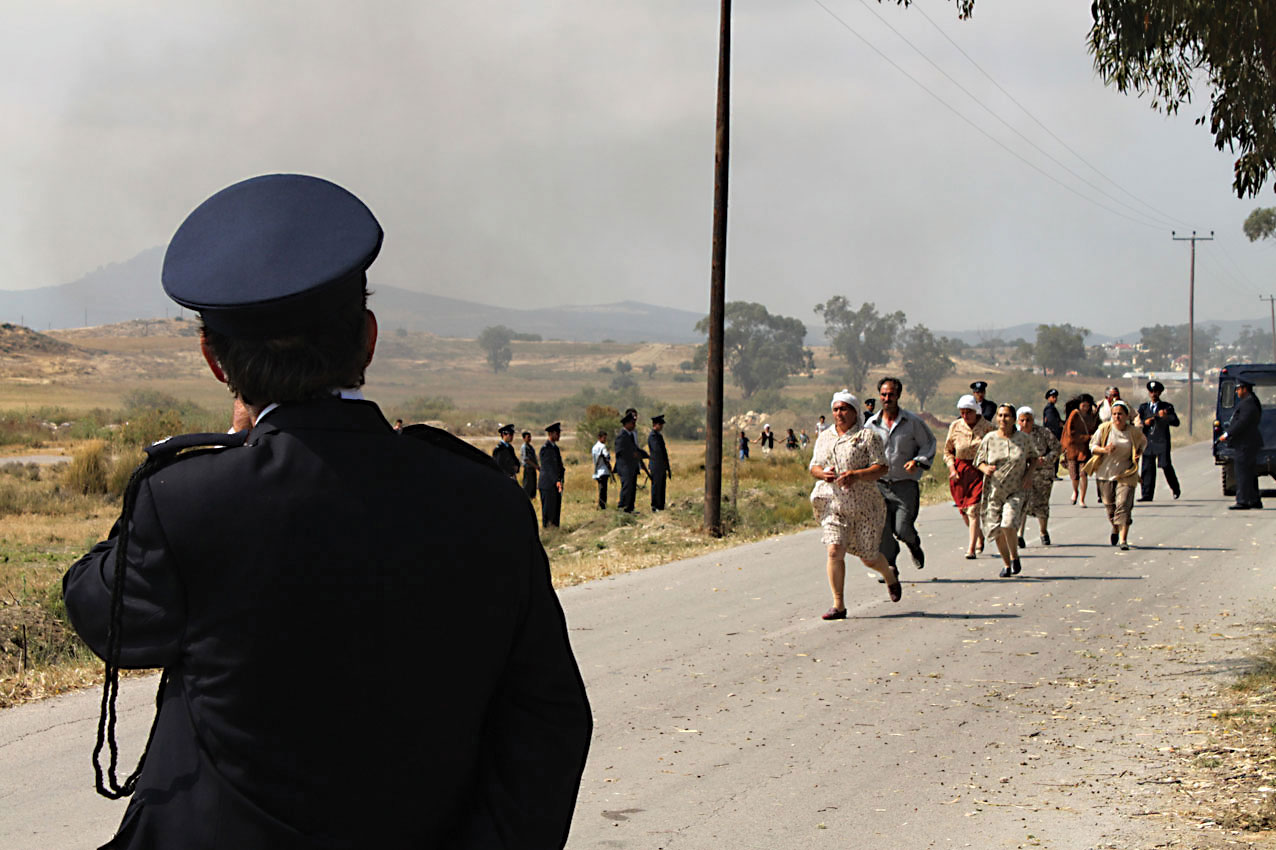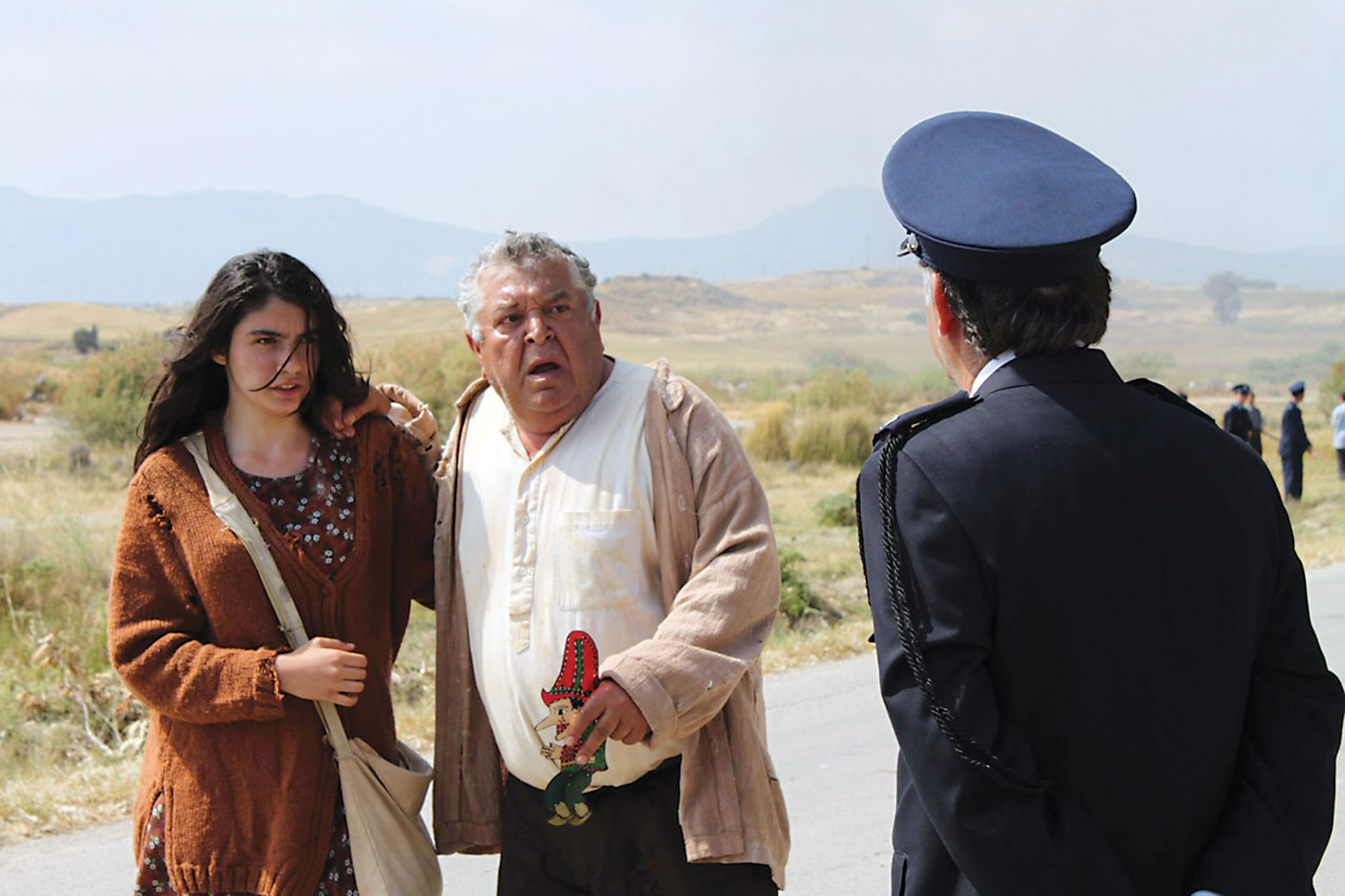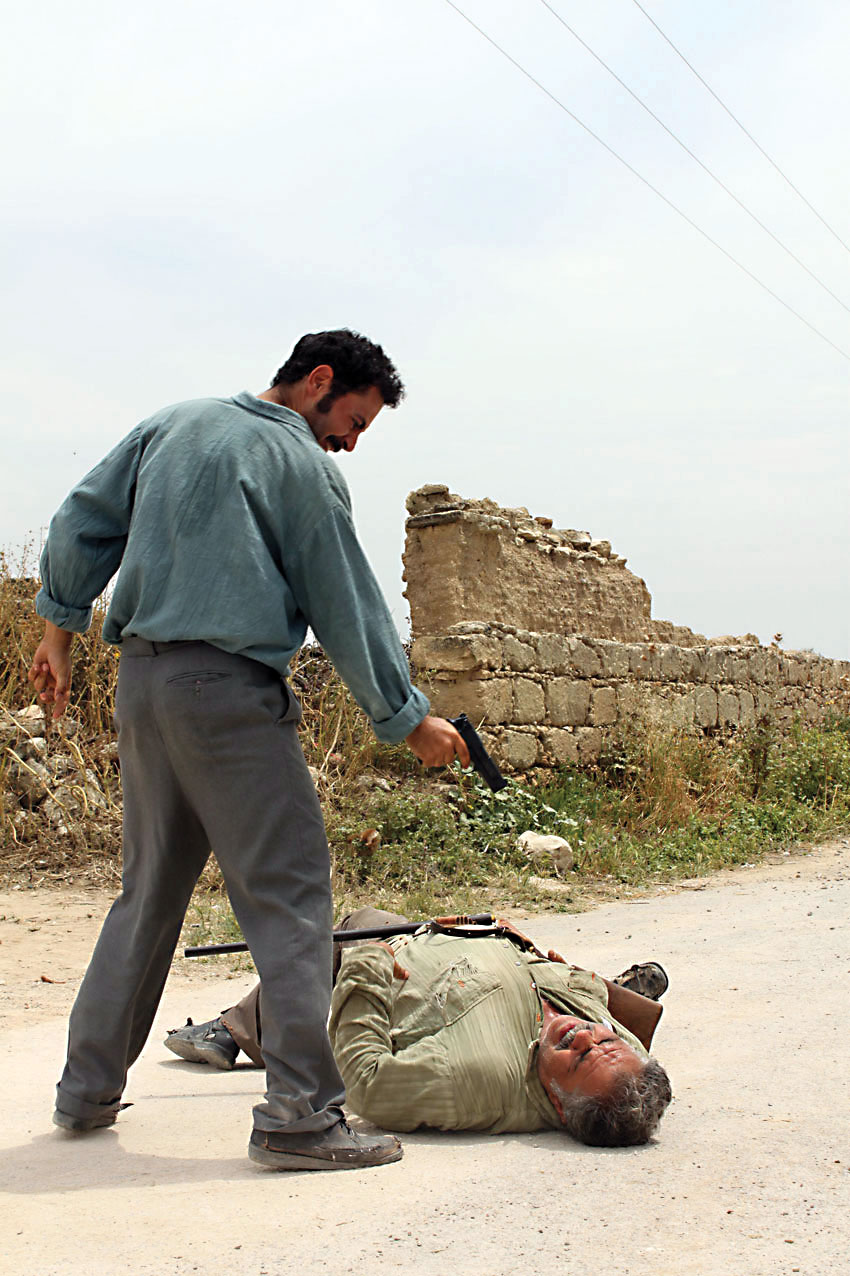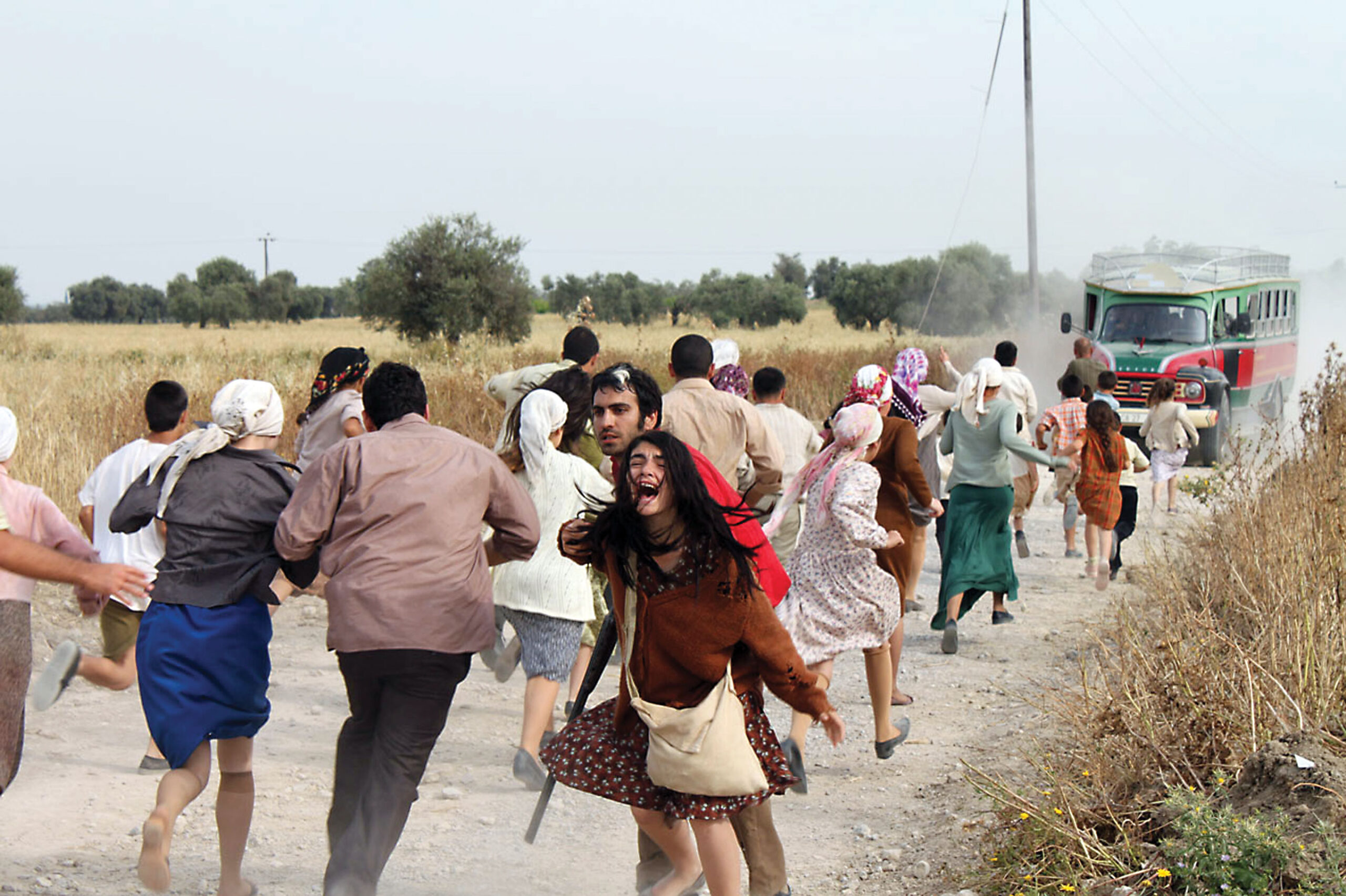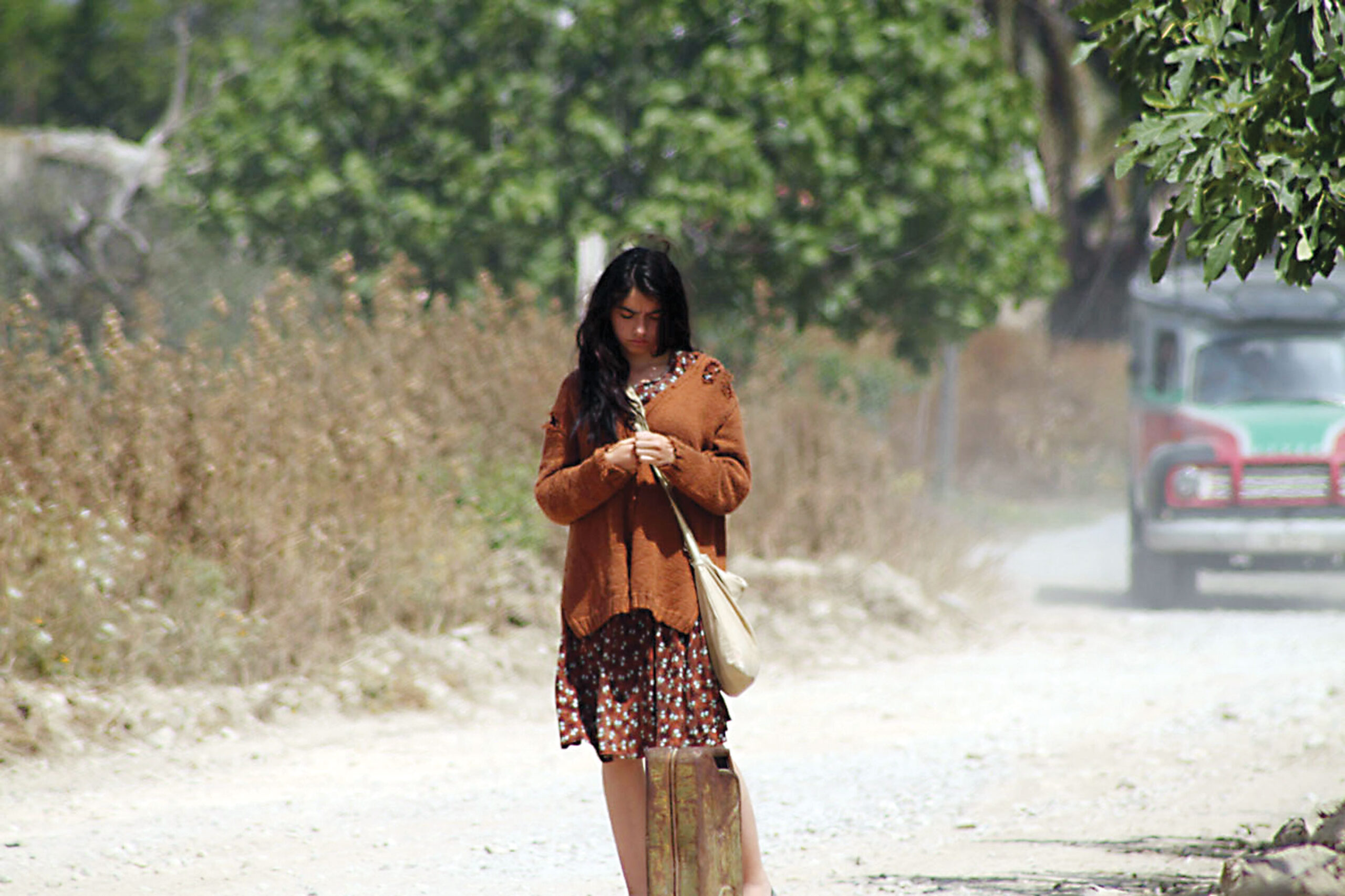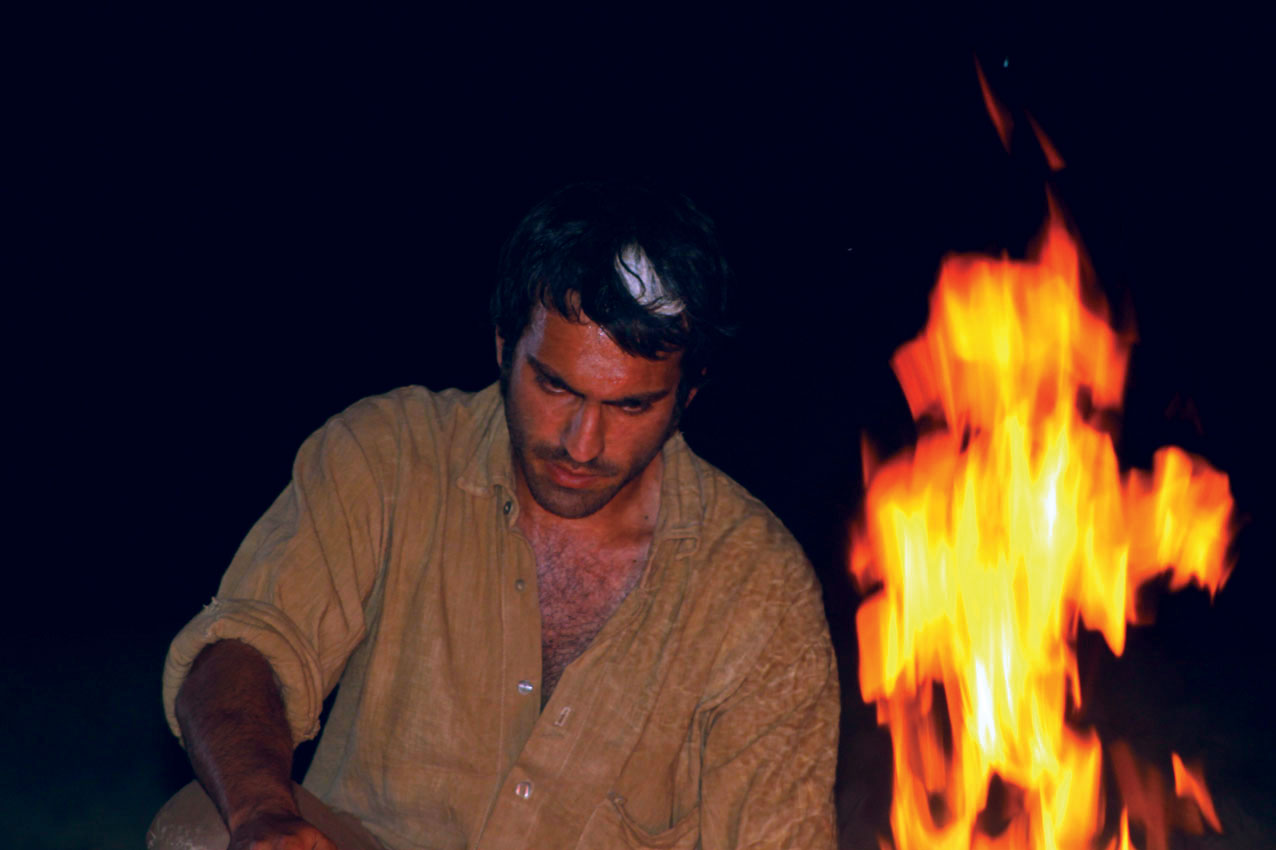Synopsis:
Set in the year 1963, the film revolves around two families, one Greek and the other Turkish, who live in a remote village in Cyprus. An attack by Greek policemen forces Salih, a Karagoz shadow play master, and his daughter Ruhsar to flee their home and take refuge in a village where their relative Veli lives.
Salih the Karagoz master gets lost on the way after he leaves the village for the city. Left behind, the daughter now has to live with uncle Veli. As the leader of the Turkish community in the village, Veli is well aware that the Turks, who are a minority group in the area, will be defeated and oppressed by the larger and more powerful Greek community in case a conflict breaks out. So, he tells his Greek neighbor Anna and other Greek people that the Turks want to keep violence out of the scene. This effort even leads to some sort of a “gentlemen’s agreement” with the Greek neighbors, where both sides agree not to attack one another in the village.
However, Veli and the young villagers find out by coincidence that Hristo, the son of Anna, is storing weapons in the village. The young Turks then try to arm themselves and secretly prepare against a possible Greek attack without saying Veli a word. However, the Greeks discover the weapon quest and shooting practices carried out by the Turks, and this discovery fans the flames of paranoia and mistrust between the two sides.


